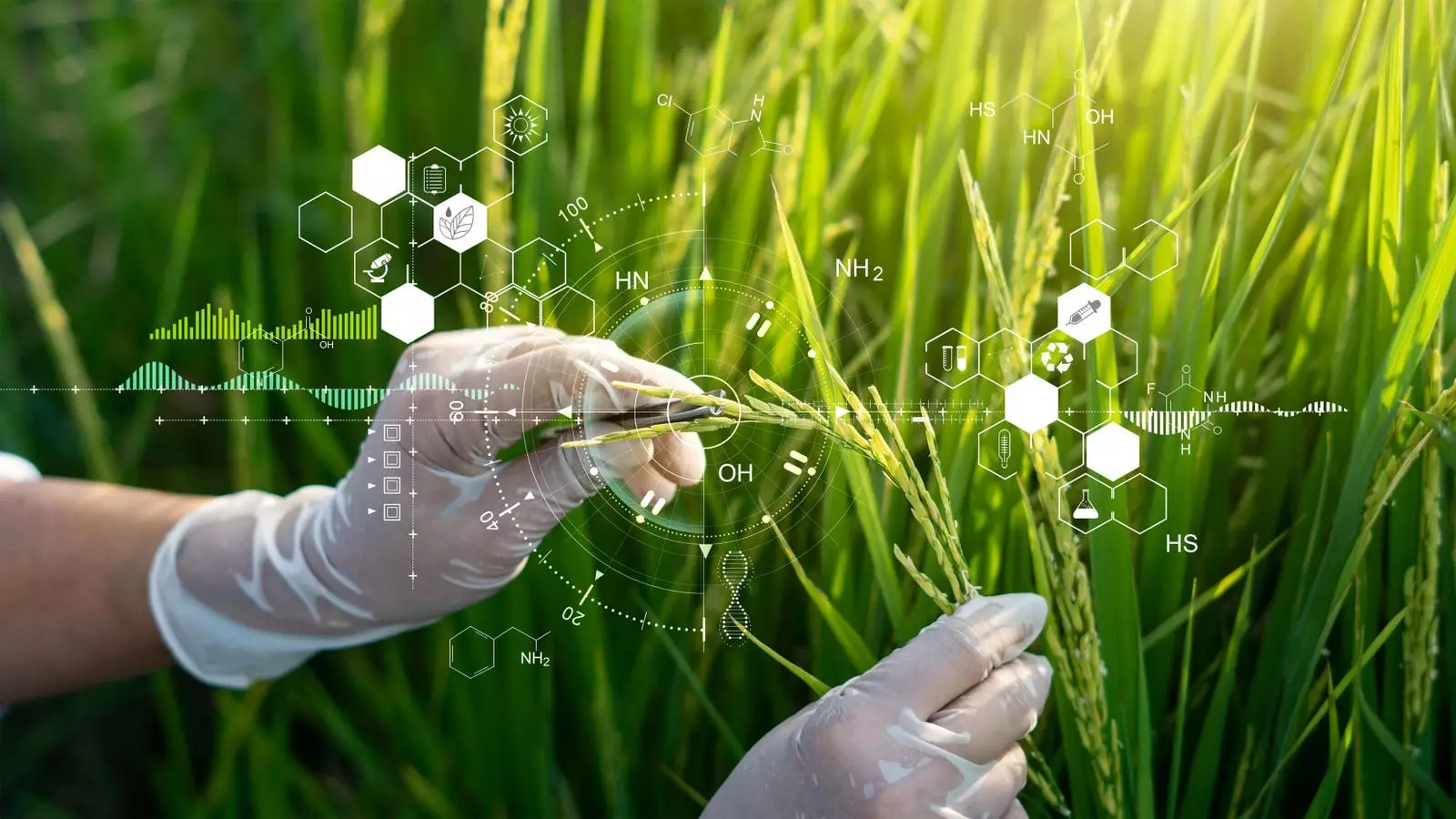As we stride into 2025, the global food landscape is caught in a storm of uncertainties. Economic pressures, shifting political tides, and fluctuating commodity prices are just the tip of the iceberg. Coffee and cocoa, staples for many consumers, have seen unprecedented price hikes, leaving investors and producers scrambling for viable solutions. The multifaceted challenges facing agriculture demand innovative approaches that not only ensure food security but also promote sustainability.
In this context, investors are zeroing in on technological advancements that promise to redefine food production and distribution. With a significant portion of agricultural land experiencing deterioration, the pressure is mounting to restore soil health and secure future crop yields. The engagement of biotechnology emerges as a compelling solution. It heralds the dawn of an era where environmentally sustainable practices can coexist with agricultural productivity, reshaping conventional farming paradigms.
Biotechnology is not merely an auxiliary tool; it is a transformative force in agriculture that is gaining traction. By introducing high-efficiency alternatives to traditional pesticides and fertilizers, biotech companies are setting the stage for healthier farming practices. Sarah Sclarsic of Voyager Ventures emphasizes the role of biotechnology in mitigating the reliance on harmful chemicals, pointing out its potential to enhance ecosystem health. Simultaneously, innovators like Andes.bio and Concert Bio are leveraging artificial intelligence in conjunction with biological solutions to augment soil performance and crop productivity.
Insights from firms such as Trace Genomics and EarthOptics exemplify the data-driven approach to agriculture, shedding light on soil vitality and resilience in a complex climate. Furthermore, developments in precision agriculture—characterized by advanced sensors and machine learning capabilities—allow farmers to optimize their resource allocation. This technological synergy aims to elevate crop yields while concurrently reducing environmental footprints, thereby addressing both productivity and sustainability concerns.
In the United States, cardiovascular diseases and metabolic disorders illustrate a public health crisis tightly knit with dietary practices. Investors recognize the urgency to tackle these issues through food technologies that prioritize nutrition. Bridging the gap between dietary science and innovative biotechnology, initiatives aimed at combating obesity, diabetes, and related ailments are garnering attention.
With the advent of GLP-1-based therapies like Ozempic, shifts in dietary perspectives are becoming evident. As noted by industry leaders, the next frontier for food companies is to cater to a health-conscious consumer base eager for higher-protein, nutrient-rich products. Startups such as Thistle and Lembas Bio showcase how whole-food and therapeutic offerings can pave the path toward healthier living, potentially easing the burden on healthcare systems while fostering a new wave of consumer products.
Climate change poses existential threats to global food production, complicating the trajectory of food security. The volatility of markets—evidenced by surging prices for essential goods—has emphasized a need for resilience. As corporations pivot to innovative solutions, biotechnology is responding with alternatives that significantly decrease dependency on traditional agricultural methods.
Companies like Sunflower Therapeutics are at the forefront of transforming pharmaceutical-grade technologies for broader food production applications. Their efforts underscore the potential of precision fermentation methodologies to enhance food availability and adaptability at an economically viable scale. As noted by industry experts, investing in agri-tech to tackle food waste and enhance production efficacy is no longer a distant ambition; it is becoming increasingly vital.
The malfunctioning of supply chains and the labor shortages plaguing the food industry highlight the imperative for efficiency. With a staggering percentage of the food service industry struggling to fill positions, the incorporation of robotics and advanced automation is emerging as a promising avenue to mitigate operational disruptions.
Innovative solutions, like those presented by 4AG Robotics in crop harvesting and Chef Robotics in meal preparation, indicate that AI and robotics are set to reshape how food is produced and delivered. The integration of such technologies can streamline operations and offer relief in labor-intensive sectors. However, to actualize their potential, cost-effectiveness remains a crucial barrier that must be continuously addressed.
The food technology sector stands at a pivotal moment in 2025, characterized by renewed investor optimism. Corporate mergers and acquisitions (M&A) signify a robust shift as food companies seek innovative partnerships to catapult their technological advancements. The interplay of favorable economic conditions, lower interest rates, and a backlogged demand for M&A activity hints at a flurry of strategic moves to come.
However, it is vital to put this momentum in perspective. Despite the enthusiasm surrounding new investments, potential fluctuations in interest rates remain a concern that could stymie growth. Thus, collaboration between private firms and government entities becomes critical. As public funding gains recognition as essential, ensuring a robust support system for food technology could yield substantial dividends.
The future of food rests upon a combination of innovation, strategic foresight, and collaborative efforts among stakeholders. Faced with myriad challenges, the food industry stands on the brink of transformation, poised to embrace a sustainable path that secures health, nourishment, and environmental stewardship.

